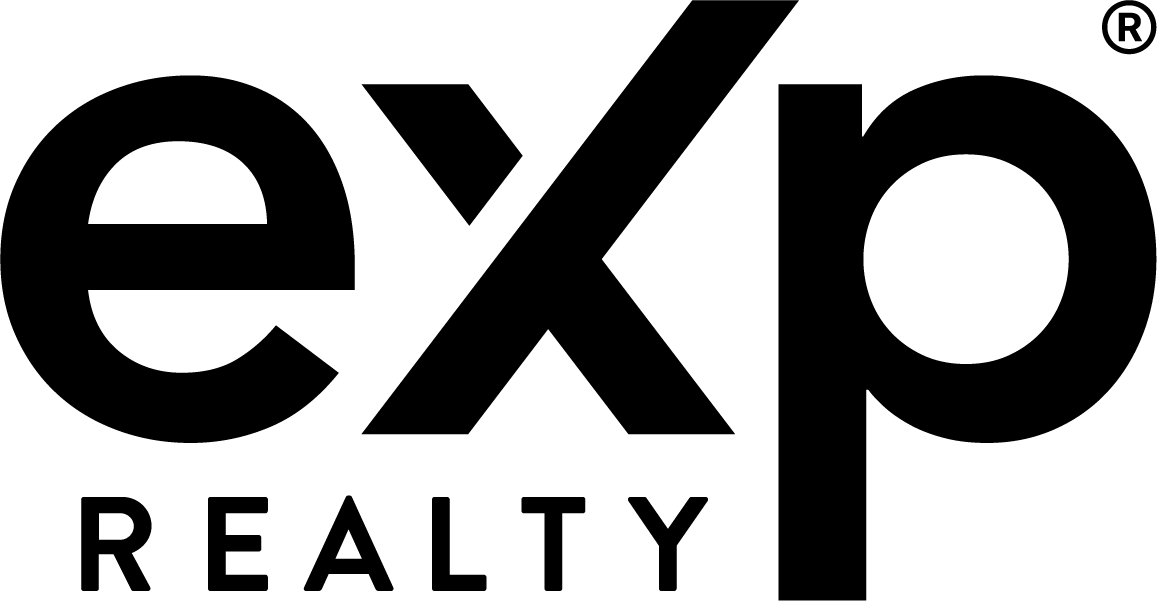Are You Ready for the TRUE Cost of New Construction Homes in Austin?
Table of Contents
- Introduction: The Real Cost of New Construction Homes
- Why Austin’s Hidden Fees Matter
- What Is a MUD (Municipal Utility District)?
- What Is a PID (Public Improvement District)?
- What Is a WCID (Water Control and Improvement District)?
- How HOAs Work in the Austin Suburbs
- HOA Costs in Texas vs. National Average
- What These Fees Mean for Buyers
- How to Protect Yourself Before You Buy
- Final Thoughts
- FAQs About the TRUE Cost of New Construction Homes in Austin
Introduction: The Real Cost of New Construction Homes
When you start shopping, the sticker price, interest rate, and basic property tax are the things everyone talks about. But if you are buying a new construction home in the Austin suburbs, there is a second layer of recurring expenses that can quietly add hundreds of dollars to your monthly payment. These are municipal and special district taxes plus homeowners association dues. Understanding them up front saves stress, money, and surprises at closing.
VIEW HOMES FOR SALE IN AUSTIN SUBURBS
Why Austin’s Hidden Fees Matter
Most buyers fall in love with a model home and the immediate vision of living there. What they do not always see is the infrastructure and amenity bills that follow. If you are buying a new construction home in the Austin suburbs, you need to factor in MUDs, PIDs, WCIDs, and HOAs. These are not optional add-ons. They are legal assessments or monthly fees tied to your property that often appear as separate line items on your property tax statement or as HOA dues.
What Is a MUD (Municipal Utility District)?
A MUD is a Municipal Utility District. When developers build new neighborhoods they must put in roads, water lines, sewer systems, drainage, street lights, and sometimes parks and pools. Rather than pay all of that up front, the developer forms a MUD which borrows money by issuing bonds to build the infrastructure. Homeowners pay back the bonds through an extra line on their property tax bill over roughly 25 to 30 years.
In practice, this looks like a tax rate for the district showing up in addition to your school and county taxes. For example, MUD rates in the area often range from 0.45% to 0.95% of the taxable home value. On a $400,000 house that could mean an extra roughly $150 to $320 per month. That is why I call a MUD your neighborhood student loan. It pays for essential infrastructure that allows the subdivision to exist, but you will carry that payment for years.
What Is a PID (Public Improvement District)?
A PID, or Public Improvement District, is similar to a MUD in that it issues bonds and the homeowners repay through property taxes. The key difference is what the money funds. PIDs pay for upgrades and amenities rather than core utility infrastructure. Think entry monuments, upgraded landscaping, walking trails, extra street beautification, community pools, or a nicer clubhouse.
PID assessments typically have a defined lifespan, often 15 to 25 years, and disappear after the bonds are paid off. PID rates are usually lower than MUDs, around 0.15% to 0.50% of the home's value. On a $400,000 home that translates to roughly $50 to $165 per month. Even though a PID pays for the pretty stuff, it still hits your escrow and your monthly housing cost.
What Is a WCID (Water Control and Improvement District)?
In parts of Travis County and nearby areas you may see WCID instead of MUD on your tax paperwork. WCID stands for Water Control and Improvement District and it is essentially the Travis County version of a MUD. It funds many of the same things: water supply, drainage, sewer, flood control, and sometimes roads and utilities. It is created under a different section of state law, but functionally you can treat it like a MUD.
WCID rates can vary widely depending on the extent of the infrastructure required. In one local example, WCID rates ranged from 0.45% to 0.96% across lots in the same community. That variance can be the difference of nearly $170 a month on a $400,000 home. So when you are buying a new construction home in the Austin suburbs, it is not enough to ask whether a district exists. You must ask which specific district governs your lot and what that lot's rate will be.
How HOAs Work in the Austin Suburbs
Homeowners associations are nearly ubiquitous in new construction. In the Austin metro area more than 72% of home listings are part of an HOA, which is almost double the national average. If you are buying a new construction home in the Austin suburbs, expect HOA dues to be part of the monthly budget in most communities.
An HOA is a private organization that maintains and manages common spaces and community services. Fees can cover landscaping of common areas, pools, clubhouses, community events, playgrounds, sometimes trash or private security, and administration costs. HOA rules also govern architectural standards, yard care, and community behavior.
HOA fees in the Austin suburbs range widely. Some neighborhoods have modest dues around $50 per month, while master-planned communities with robust amenities can charge $200 or more per month. HOA dues do not expire. They are ongoing and typically increase 3% to 5% annually. You will also often pay a one-time HOA transfer fee at closing, commonly between $700 and $1,400.
HOA Costs in Texas vs. National Average
Nationally the median HOA fee is about $135 per month. Texas as a whole looks more affordable with a median near $76 per month. But Texas is large and Austin's master plan communities skew higher than much of the state. If you are buying a new construction home in the Austin suburbs, expect local HOA averages to be above the Texas median because amenities in these neighborhoods are substantial and maintained with HOA funding.
What These Fees Mean for Buyers
To summarize the practical effect: a MUD or WCID covers the underground and foundational components that enabled the neighborhood to be built. A PID covers the extras that make the community prettier and more amenity rich. The HOA handles the ongoing maintenance and management of those amenities and common spaces. Combined, these fees can add hundreds to your monthly housing cost and should be included in your affordability calculations.
That said, these districts and associations are not inherently bad. They build the neighborhood and preserve community standards. The issue is transparency. You should never be surprised by recurring fees after you sign. If you are buying a new construction home in the Austin suburbs, clarity on the duration and amount of assessments is essential.
How to Protect Yourself Before You Buy
Before you fall in love with the model home, ask three simple questions for every property:
- Which special districts does this property belong to?
- What are the current rates for each district that apply to my lot?
- When do those rates or bond schedules end?
Additional steps to protect yourself include:
- Look up the property at taxdistinfo.org or equivalent local resources to confirm MUD, PID, or WCID boundaries and rates
- Ask your title company for the special district notice before signing contracts
- Review the bond schedule so you know if the assessment runs 10 years or 30 years
- Check HOA financials and reserve fund health so you can see if dues are likely to rise or if large special assessments are likely
- Add a 10% to 15% buffer to your budget for taxes and fee changes
And one more reality check: the sales counselor in the model home works for the builder, not for you. That person is trained to sell the home on the builder's terms. You need representation who sees the contract and district disclosures with a buyer-first lens. Negotiation for new construction includes more than sticker price. It includes incentives, upgrade allowances, interest rate buydowns, and long-term cost assessments. A good agent can translate those into dollars and protect your investment.
Download Your FREE Austin Suburb Guide
Final Thoughts
Hidden costs are not a reason to avoid new build communities. They are a reason to be informed. If you are buying a new construction home in the Austin suburbs, do the math, check the districts, and ask for the documents that show how long you will be paying additional assessments. When you proceed with clarity, you can enjoy new construction amenities without unwelcome surprises at closing. If you need help buying a home or want me to run the numbers for a specific lot, call or text me at 512-648-2828 — I’m happy to help.
FAQs About the TRUE Cost of New Construction Homes in Austin
How can I find out if a lot is in a MUD, PID, or WCID?
Use online resources such as taxdistinfo.org to look up the property by address, and request the special district notice from your title company before signing. Those two steps will confirm whether your specific lot falls inside a special district and which one.
How much can MUD or WCID taxes add to my monthly payment?
Rates vary, but in the Austin suburbs MUD or WCID rates often range roughly 0.45% to 0.95% of taxable value. On a $400,000 home that could add roughly $150 to $320 or more per month while the bonds are active.
Do PID assessments ever end?
Yes. PIDs typically have a defined lifespan often between 15 and 25 years. Once the bonds are paid off, the PID assessment drops off your tax bill. MUDs and WCIDs can be extended or refinanced, so they are sometimes less predictable.
What do HOA fees usually cover?
HOA fees can cover landscaping for common areas, pool and clubhouse maintenance, community events, trash pickup in some developments, and administrative costs. The exact services vary widely by community, so always review the HOA budget and CC&R documents to see what you are paying for.
Should I avoid neighborhoods with these districts?
Not necessarily. Most new construction uses combinations of MUDs, PIDs, WCIDs, and HOAs. These mechanisms enable development and maintain amenities. The important part is knowing the amounts and the timelines so you can compare total cost of ownership across neighborhoods when buying a new construction home in the Austin suburbs.
What is a practical budgeting tip when considering these fees?
Add a buffer of 10% to 15% on top of your estimated monthly payment for tax and fee changes. Also run scenarios with different district rates and HOA dues when calculating long term affordability.
Alisha & Matthew Wilson
With years of experience in both residential and investment properties, they are dedicated to helping clients navigate Austin’s thriving market.
LIVING IN Austin TX
Specializing in relocation and real estate investment, they provide expert advice and guidance to help you find your dream home or investment property in the vibrant Austin market. Tune in for helpful tips, neighborhood tours, and insights on living in Austin.






